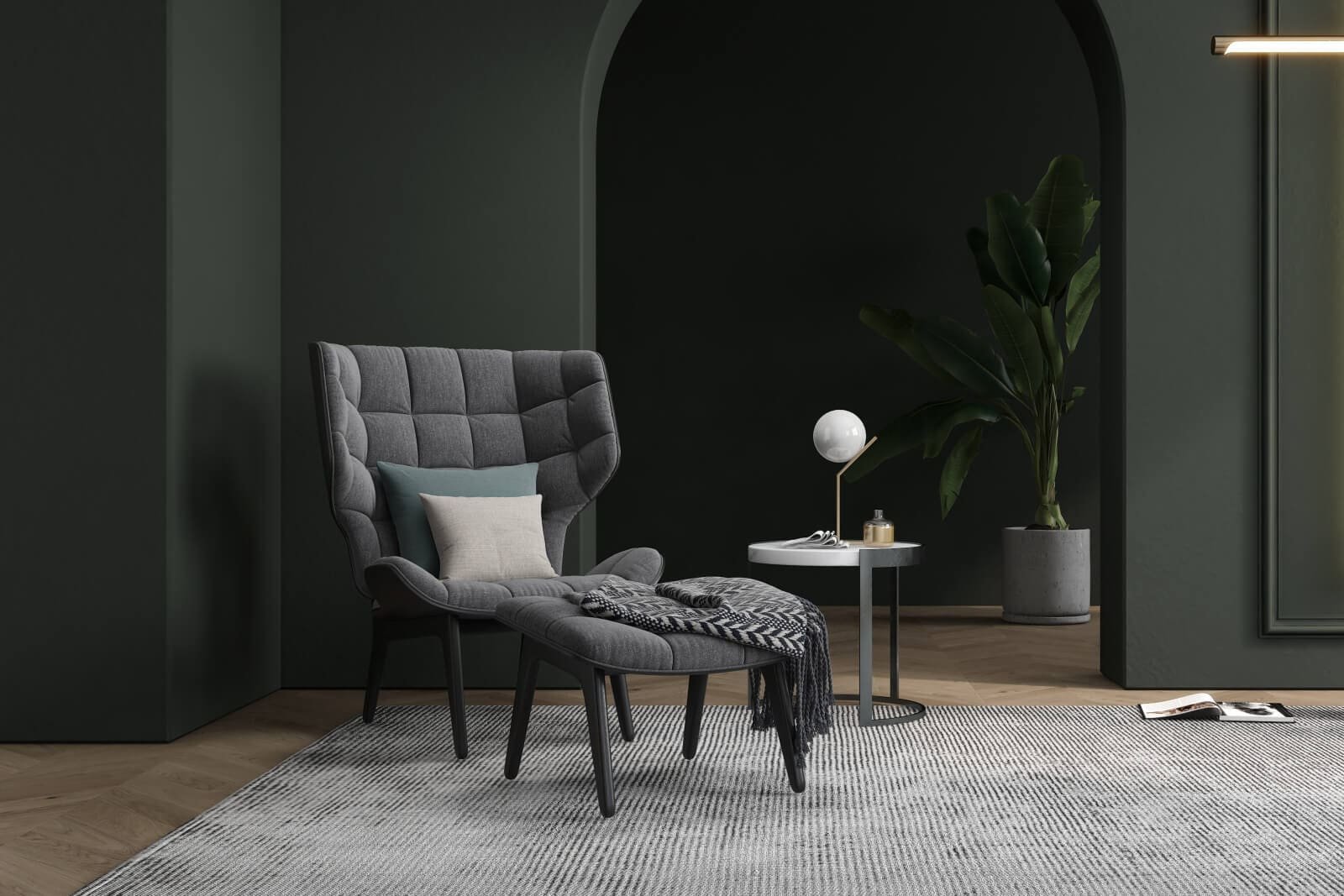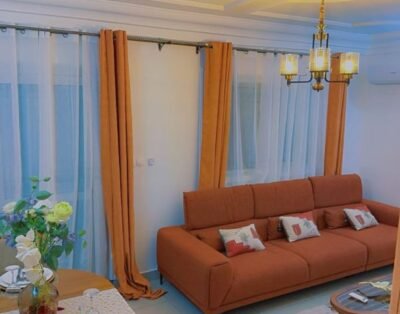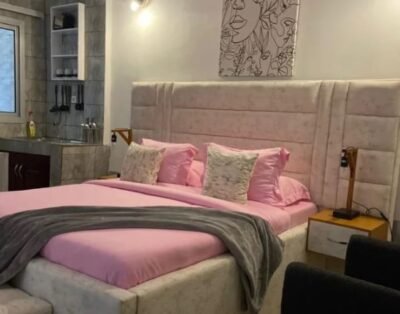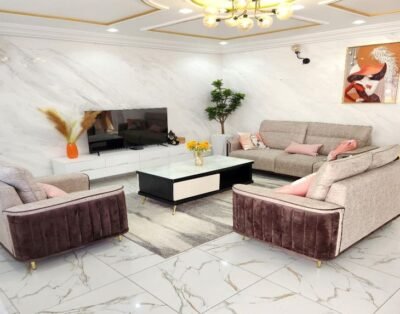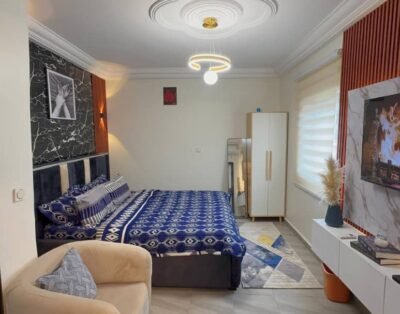Secret interior design tricks you should know
Here are some secret interior design tricks that can elevate your space:
Hang Curtains Higher: To create an illusion of higher ceilings and a more spacious room, hang your curtains higher than the window frame. Mount the curtain rods close to the ceiling and let the curtains flow down to the floor. This will draw the eye upward, making the room feel larger and more elegant.
Use Mirrors strategically: Mirrors are excellent tools for enhancing natural light and making a room appear more expansive. Place mirrors opposite windows to reflect light and create a sense of openness. Additionally, position mirrors near focal points or artwork to create the illusion of depth.
Play with Scale and Proportions: Mix furniture of different heights and sizes to create visual interest and balance. Combine larger pieces with smaller ones to achieve a sense of scale. For example, pair a substantial sofa with delicate side tables or a large artwork with a smaller accent piece.
Layer Lighting: Incorporate a variety of lighting sources to add depth and ambiance to a space. Combine overhead lighting, such as chandeliers or pendant lights, with task lighting like table or floor lamps. Additionally, include accent lighting to highlight specific areas or objects, such as artwork or architectural features.
Create a Focal Point: Every room benefits from a focal point that draws attention and anchors the space. It can be a striking piece of furniture, an eye-catching artwork, a fireplace, or even a statement wall. Arrange furniture and decor to enhance and highlight the focal point, creating a visually pleasing and cohesive design.
Group Items in Odd Numbers: When arranging decorative items, such as vases, candles, or accessories, group them in odd numbers (e.g., three or five). Odd-numbered groupings tend to be more visually appealing and create a sense of balance and harmony.
Mix Patterns and Textures: Don’t be afraid to mix patterns and textures in your decor. Play with different fabrics, prints, and materials to add depth and visual interest. Combine larger patterns with smaller ones and balance bold prints with more subtle textures for a cohesive look.
Create Visual Flow: Ensure a smooth flow between rooms by incorporating a cohesive color palette and repeating design elements throughout your home. Consistency in materials, finishes, and color schemes helps create a sense of unity and visual flow from one room to another.
Paint Small Rooms in Light Colors: When dealing with smaller spaces, opt for lighter colors on the walls. Light shades create an airy and open feel, making the room appear larger. If you desire a darker color, consider using it as an accent wall to add depth without overwhelming the space.
Embrace Negative Space: Negative space refers to the empty areas in a room. Allowing for negative space, such as empty walls or clear surfaces, creates a sense of openness and highlights the key design elements. Don’t feel the need to fill every inch of space; give your design room to breathe.
These interior design tricks can help you create a more visually appealing, functional, and harmonious living space. Remember, trust your instincts and let your personal style shine through as you implement these techniques.

